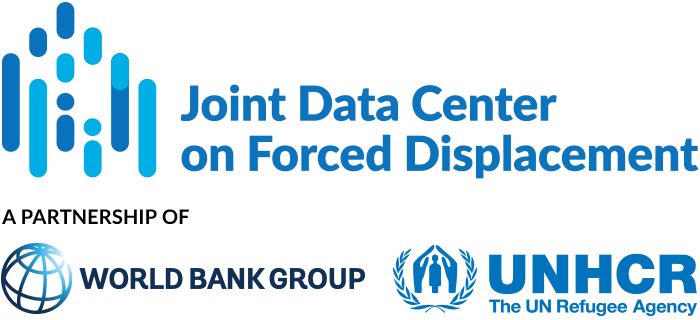Millions of people have been displaced within Somalia in recent and the country also hosts 38,463 refugees or asylum-seekers. The Somalia Displacement Phone Survey is the first to offer comparable statistics for refugees, refugee returnees and other forcibly displaced people. More than 90 percent of households reported having experienced some form of shock in the six months preceding the survey, including an unprecedented drought, severe flooding, and cycles of violence.
Search Results
Violence-driven displacement in Mexico: Why including internally displaced persons in national statistics is necessary to inform a protection-based response
Internal displacement in Central America and Mexico is often characterized as an urban phenomenon linked to criminal activity and violence, yet displacement from rural locations is not uncommon. Comprehensive, up-to-date, data on the number of internally displaced persons (IDPs) is limited, in part, because of the inherent difficulties in collecting regular data on this “hard-to-reach” population who may be hesitant to report their situation.
Venezuelans in Chile, Colombia, Ecuador and Peru
Español Over the past decade, Latin America and the Caribbean (LAC) has experienced of one of the largest mass human movements in the world. The exodus from Venezuela is the largest-ever displacement crisis in the Americas, with an estimated 7.7 million Venezuelan...
Refugees in Djibouti
Over the past decade, Djibouti has become a country of destination and transit for migrants and forcibly displaced populations over the Gulf of Aden and through the Horn of Africa. This is a report on the monitoring the socioeconomic impact on refugee households...
Gaps in Microdata in the Context of Forced Displacement
This paper aims to understand the existing gaps in microlevel data on forcibly displaced people—refugees and internally displaced persons- through a comprehensive review of all existing micro-level data sets in the UNHCR and World Bank Microdata Libraries.
Socioeconomic profile of refugees and host households in Nairobi
Over 80,000 refugees in Kenya live in urban areas, most of them in Nairobi, despite the fact that they receive some assistance outside of refugee camps. This report is based on a survey that produced comparative datasets for refugees and nationals following a design...
Voices of Yemen
Since the outbreak of the civil war in Yemen eight years ago, the lives of its people have been marked by hardship, uncertainty, and a bitter struggle for survival. This report, 'Voices from Yemen', aims to shed light on their experiences, providing a human context...
A Roadmap Towards Poverty Reduction in the Central African Republic
Plagued by decades of conflict, political instability and low growth, the Central African Republic has one of the world’s highest rates of poverty – almost 7 out of 10 people are extremely poor (65.7% live on less than $2.15 per day). The World Bank's first ever...
The Toll of Drought on Displaced and Vulnerable People in Somalia
The World Bank in collaboration with the United Nation Refugee Agency (UNHCR), the National Bureau of Statistics in Somalia and the JDC conducted a high-frequency phone survey. The sample consists of about 500 households from host communities, IDPs living in camps, IDPs living outside camps, refugees, and refugee returnees.
Mid-Term Review of the World Bank – UNHCR Joint Data Center on Forced Displacement (JDC)
Established in 2019 as a collaboration between the World Bank Group and UNHCR, the Joint Data Center on Forced Displacement (JDC) aims to enhance the availability and accessibility of high-quality socioeconomic data and evidence on forced displacement. As part of its...


